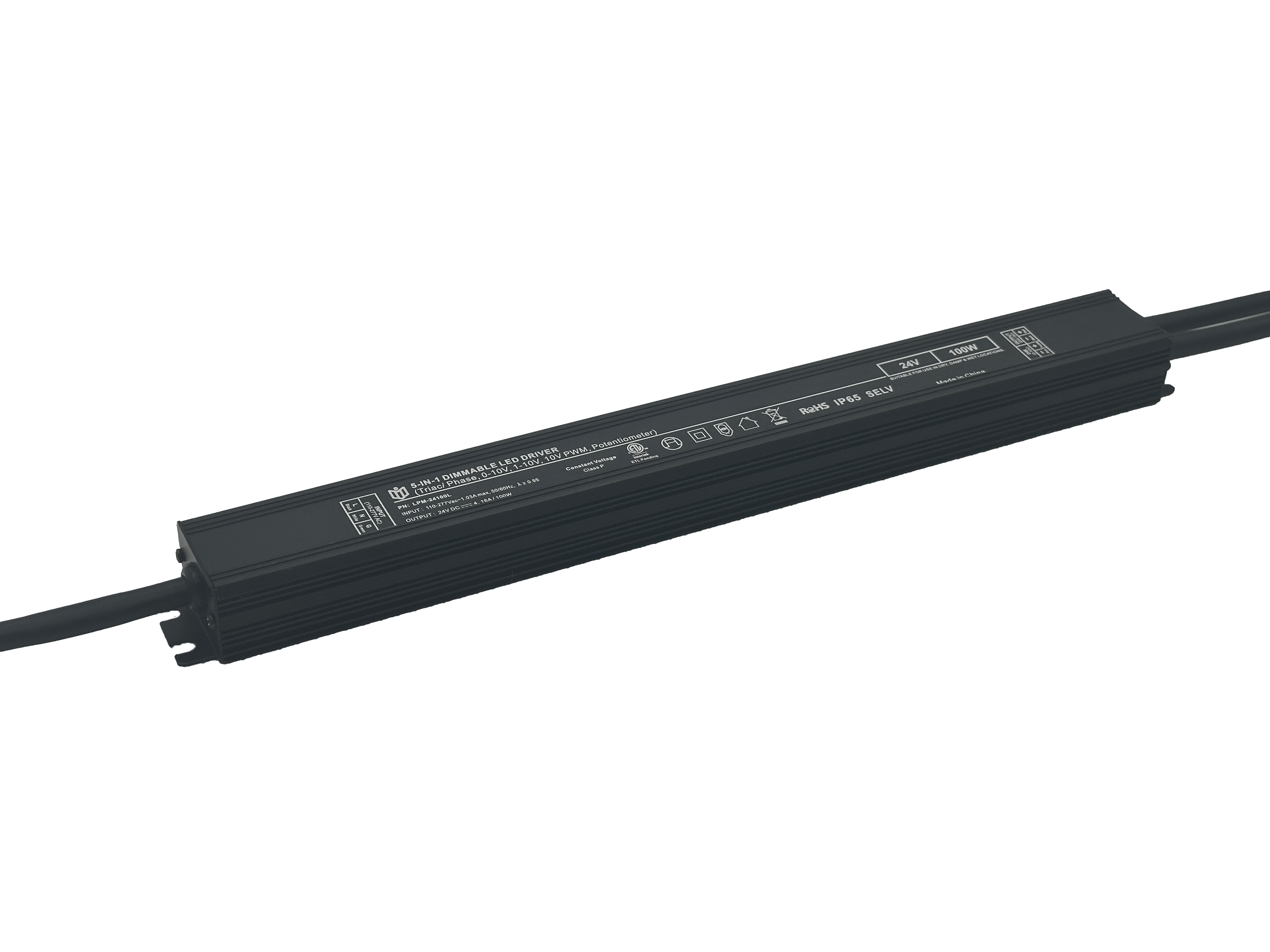Why are engineers so fascinated by LED dimming power supplies?
Why Do Engineers Obsess Over LED Dimming Power Supplies?

Engineers aren’t just tinkering with gadgets—they’re orchestrating a silent revolution in illumination technology. At the heart of this transformation lies the unassuming yet profoundly complex world of LED dimming power supplies. These devices represent far more than simple voltage regulators; they embody the convergence of electrical engineering artistry and practical problem-solving that makes seasoned pros pause and take notice.
#Mastery Through Microscopic Control
Modern LED arrays demand milliamp-level precision where even fractional current variations alter perceived brightness by 15% or more. Top-tier dimmers achieve sub-1% load regulation using advanced pulse-width modulation (PWM) algorithms running at frequencies exceeding 20kHz—beyond human auditory detection but perfectly audible to sensitive electronics. This isn’t just about sliding a fader; it’s implementing closed-loop feedback systems with optocouplers monitoring photodiode responses in real time. When General Electric recently upgraded their aviation cabin lighting, their engineers spent six months optimizing just the phase-cut compensation curves for flicker-free operation across turbine vibration profiles.

#The Thermal Balancing Act
Power dissipation creates thermal drift nightmares. Every 1°C rise increases LED forward voltage drop by 0.3%, cascading into color coordinate shifts visible to the naked eye. Elite supplies incorporate multistage thermal foldback protection: first limiting current at 75°C, then engaging hysteresis loops at 85°C, and finally shutting down gracefully before reaching 95°C. Texas Instruments’ TPS9266x family demonstrates this elegance, maintaining CRI>90 across its entire operating range despite temperature swings from -40°F to +185°F. Such stability transforms theoretical Maxwell equations into reliable performance metrics under harsh industrial conditions.
#Architectural Choreography
Consider how these units harmonize conflicting demands: cinematographers require smooth logarithmic curves for dramatic scenes while office automation systems need linear stepping for occupancy sensors. Sophisticated models offer dual protocol stacks—DMX512 for stage productions alongside DALI protocols for commercial buildings—with auto-detection firmware switching modes automatically. Philips Hue Bridge developers revealed their biggest challenge was reconciling 16-bit analog write commands with WiFi packet latency jitter during beta testing. The solution? A hybrid buffer architecture storing three parallel command queues simultaneously.
#Energy Alchemy
Beyond obvious wattage savings, intelligent drivers convert standby losses into actionable intelligence. Emergent Lighting’s EMerge series harvests parasitic capacitance from switching nodes to power auxiliary sensors without additional wiring. Field tests show 22% fewer CO₂ emissions when paired with motion detectors compared to non-dimming alternatives. For data centers pursuing PUE certifications, programmable power capping features let facility managers dynamically adjust peak loads across rack sections—a capability that earned Schneider Electric’s EcoStruxure compliance across five continents.
#Future-Proof Evolution
As GaN FETs shrink MOSFET footprints by 60%, new topologies emerge like boundary conduction mode which cuts component count while improving THD performance. Automotive sector adoption accelerates innovation—Headlight ASICs now integrate adaptive corona discharge suppression for rainy weather performance. And with Matter protocol standardizing cross-vendor communication, tomorrow’s smart homes may see single apps controlling everything from garden path lights to surgical suite illuminators through unified API layers built upon today’s foundational dimming technologies.
This relentless pursuit isn’t merely technical curiosity—it’s reshaping how humanity interacts with light itself. From sterile lab benches to vibrant concert stages, engineers keep pushing these silent workhorses beyond perceived limits because they understand: great design happens where mathematics meets material reality under the glare of real-world application.
 In heritage architecture prote
In heritage architecture prote
 When small-batch customization
When small-batch customization
 Have the electromagnetic emiss
Have the electromagnetic emiss
 When Triac dimmable power supp
When Triac dimmable power supp
